While the gender divide in the weights room has decreased in recent years, it’s still all too common to hear from women who feel uncertain about ditching the cardio for the dumbbells.
Whether it’s because they worry weight training will make them ‘bulky’, a lack of confidence, or believing cardio is the be-all-and-end-all for weight loss, too many women still feel restricted to the cardio suite.
But it’s our mission at Ultimate Performance to show that resistance training is for everyone, and there’s a whole host of reasons women, in particular, can and should incorporate it into their fitness routine.
Let’s unpick the origins, causes and answers to the myth that cardio is for women and weights are for men so that it can die once and for all!

Where does the myth originate?
No longer purely the preserve of bodybuilders, resistance training has hit the mainstream in a way that means there is now more exposure than ever to its benefits for both health and body composition.
However, the statistics show that women are behind the curve on this trend, as they only make up 10-20% of people in the weights room[1],[2],[3]. While it’s hard to say exactly why, three key themes could be at the root of the myth.
1. Weights-room anxiety
While numbers of women in the weights room are increasing, several studies have shown that feeling intimidated often holds women back[4]. And when women are brave enough to step in, they often feel self-conscious about training ‘incorrectly’[5].
2. Believing that cardio is a pre-requisite for getting in shape
Believe it or not, you don’t need to do cardio to achieve the body of your dreams. Speak to most women about their goals, and they’ll say they want to feel to ‘firmer’ or ‘more toned’. But to achieve this, the goal needs to be one of fat loss, not weight loss. In technical terms, this means improving your body composition, which we achieve through dietary restriction and choosing the right type of training. The problem with endless cardio is that you’re more likely to start burning through muscle rather than fat, resulting in the dreaded ‘skinny fat’ look. However, strength training encourages the body to retain muscle and tap into fat stores. So, if a leaner, more shapely look is your goal, weights are your friend.
3. Fearing becoming ‘bulky’
The idea that weight training makes women bulky is a longstanding misconception that unfortunately refuses to disappear. However, testosterone levels in the average woman are around one-fifteenth of their male counterparts. Even if you train incredibly hard, with nutrition and recovery on point, you are very unlikely to gain significant amounts of muscle mass quickly[6],[7],[8],[9]. Secondly, suppose you begin resistance training but don’t decrease your body fat levels. In that case, it may appear as if you are larger as any muscle you gain pushes the subcutaneous fat further outwards. If you decrease your body fat levels alongside resistance training, it’s very unlikely you’ll look ‘bulky’. Quite the opposite, in fact.
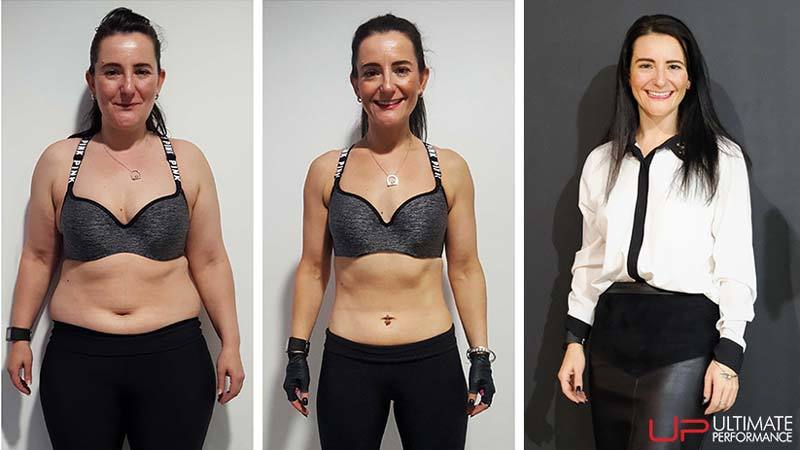
Four reasons to ditch the cardio for the dumbbells
Resistance training brings a whole host of positive health outcomes, including significantly lower risk for type 2 diabetes, heart disease, and high cholesterol, and even longer life expectancy[10],[11],[12],[13]. But if you still aren’t sold, here are four reasons resistance training most certainly is for women.
1. Reduced risk for osteoporosis
Menopause, which marks when a woman has not had a period for one year, brings several changes to female physiology. Oestrogen plays an important role in maintaining healthy bones, vascular remodelling, and retaining lean body mass. It’s no surprise that as oestrogen production shuts down, women are four times more likely than men to experience losses in bone mineral density[14]. However, research shows resistance training is one of the most effective ways to prevent age-related loss of bone mass[15].
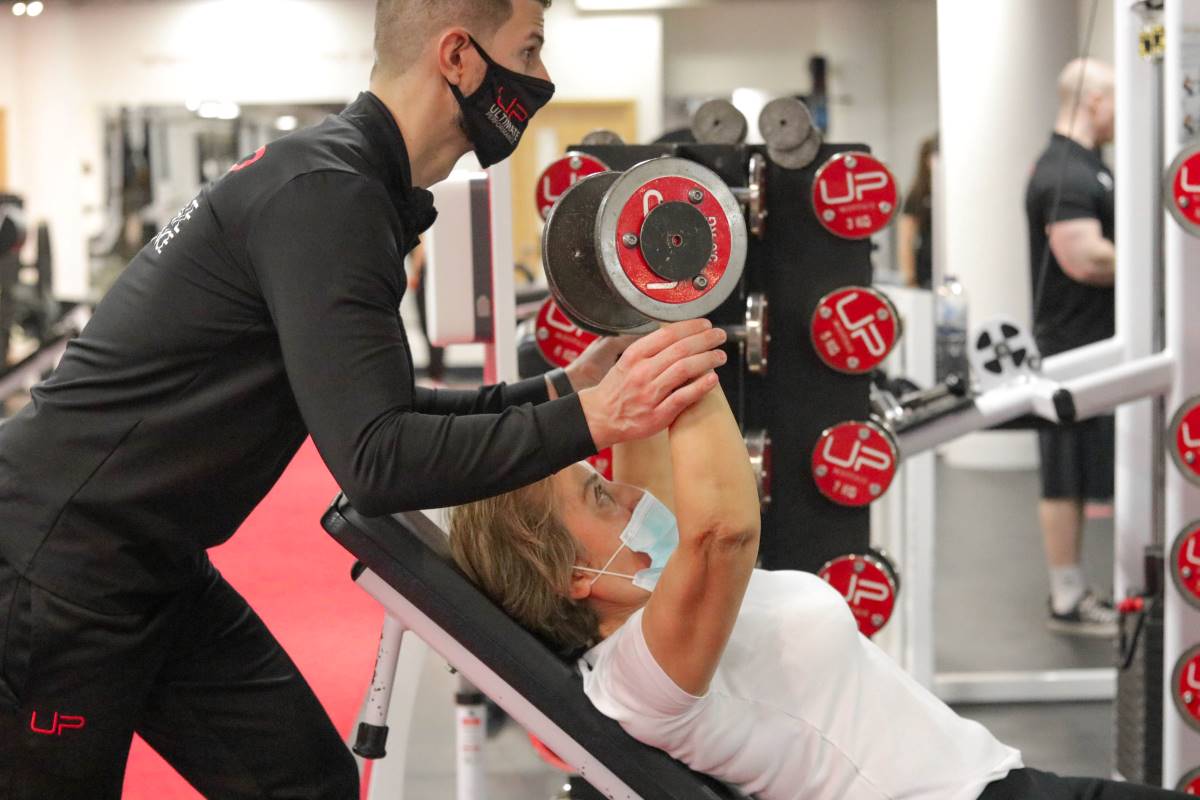
Resistance training has helped 79-year-old Mahnaz improve her osteoporosis, overcome two knee replacements, and achieve a better bone density than when she was in her fifties.
2. Reduced risk for sarcopenia
A secondary effect of menopause that goes hand-in-hand with osteoporosis is sarcopenia or age-related muscle loss. Weaker bones and reduced muscle mass put menopausal women at increased risk of falls and bone fractures, as well as the health risks associated with poorer body composition, such as high blood pressure, type 2 diabetes, and so on. Resistance training helps provide the stimulus to the body to retain, maintain and build muscle mass to keep you agile throughout life.

3. Improved hormonal balance
Because the female body is highly complex, multiple factors can knock it off-kilter. An obvious example is polycystic ovary syndrome, or PCOS, which often occurs alongside poor body composition and reduced insulin sensitivity. However, research shows that moderate weight loss significantly improves PCOS symptoms, and resistance training provides even better outcomes. Strength training is also one of the most effective ways to improve fertility in sedentary women[16]. So, if you struggle with hormonal swings or an irregular period, heading to the weights areas is likely to improve your hormonal health far more effectively than excessive cardio.
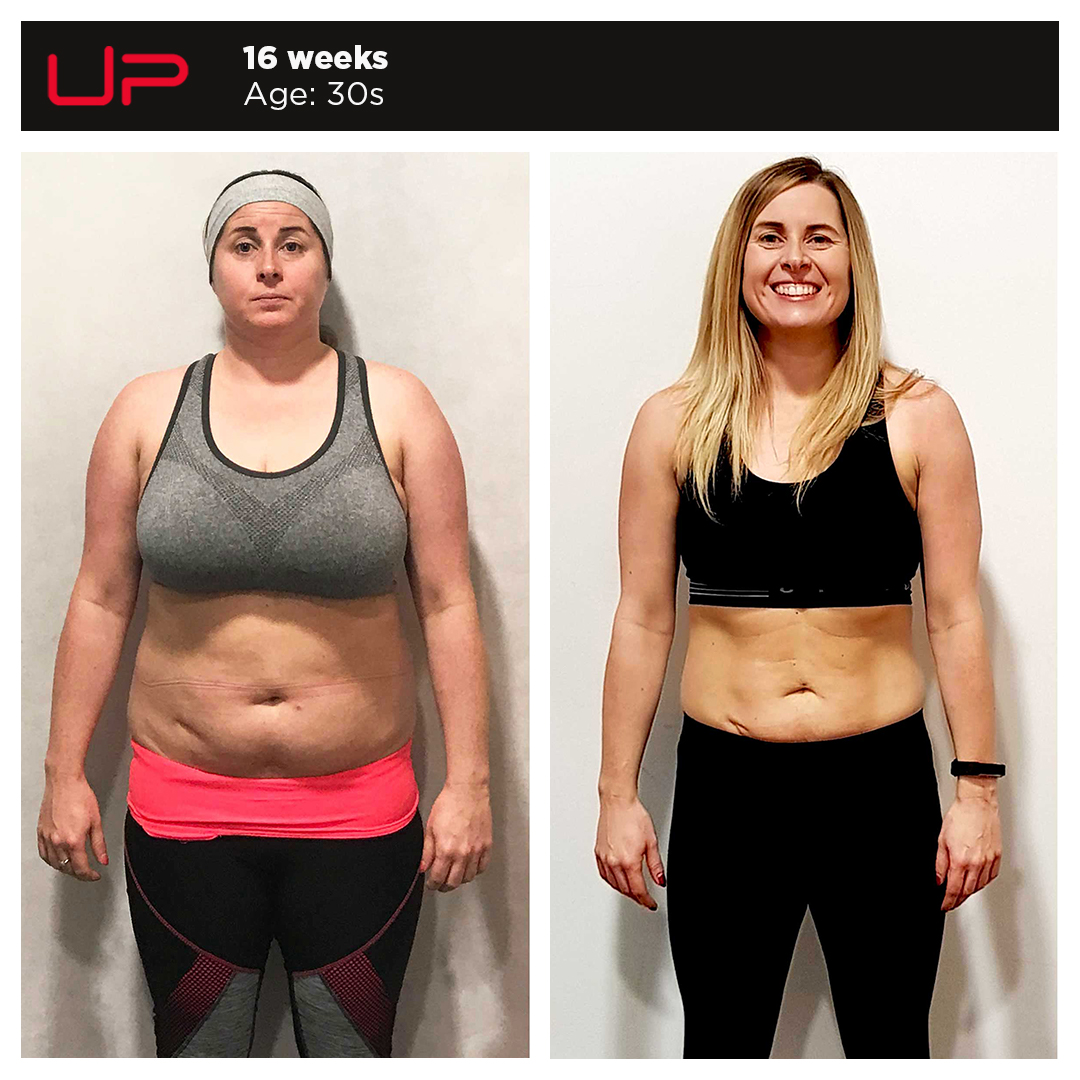
Kelly took control of her PCOS symptoms training with weights and losing 15kg.
4. Improved confidence and well-being.
Depression rates among women are almost double those of men[17]. And while it goes without saying that improving your body composition will increase your confidence and boost your well-being, regular resistance training may reduce depressive symptoms by nearly 40%[18].
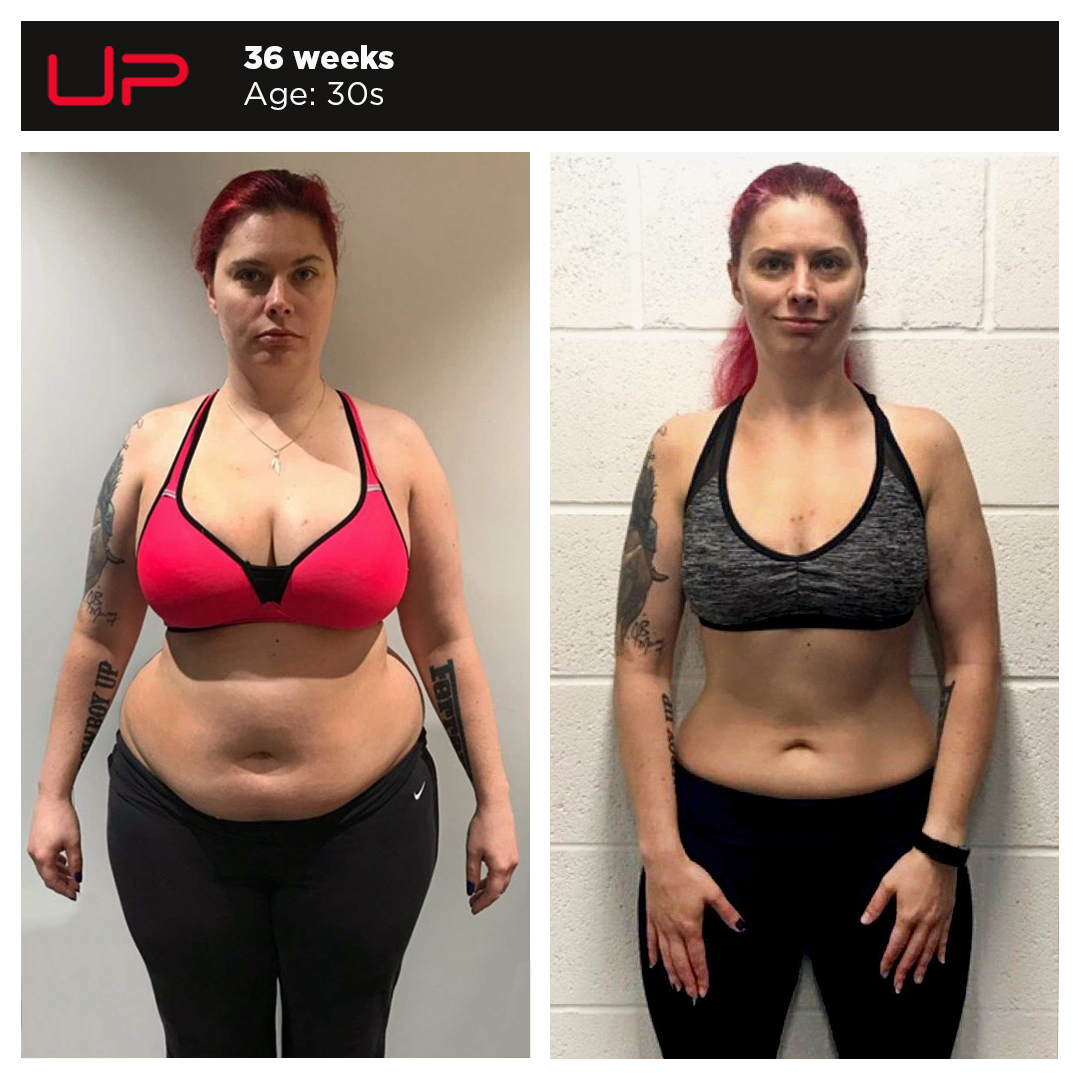
Katherine rebuilt her confidence and mental resilience after years battling with depression.
Cardio is a tool – Use it wisely!
To truly dispel the myth that cardio is for women and weights are for men, we need to put each of these tools in context. Both are important but, just like you wouldn’t use a hammer to screw in a nail, different forms of exercise have different uses.
Cardio is a tool that allows us to increase our calorie expenditure. To generate weight loss, we need to create a calorie deficit, which we do through reduced energy intake (eating less) and increased calorie expenditure (moving more). But if we want to tap into fat stores rather than muscle mass, we need to signal to the body to do so. Resistance training, alongside adequate protein intake, is the tool that we use to provide this stimulus.
At this stage, it’s useful to distinguish between formal cardio, which refers to structured workouts, and informal cardio, which is any activity that is not planned exercise, e.g. walking, housework, or even fidgeting. We refer to this as non-exercise activity thermogenesis or NEAT.
There is no requirement to perform formal cardio to improve your body composition. In fact, increasing your NEAT should nearly always be your first port of call where possible. To decide how and when to add cardio to your plan, follow these key steps.
1. Assess your NEAT.
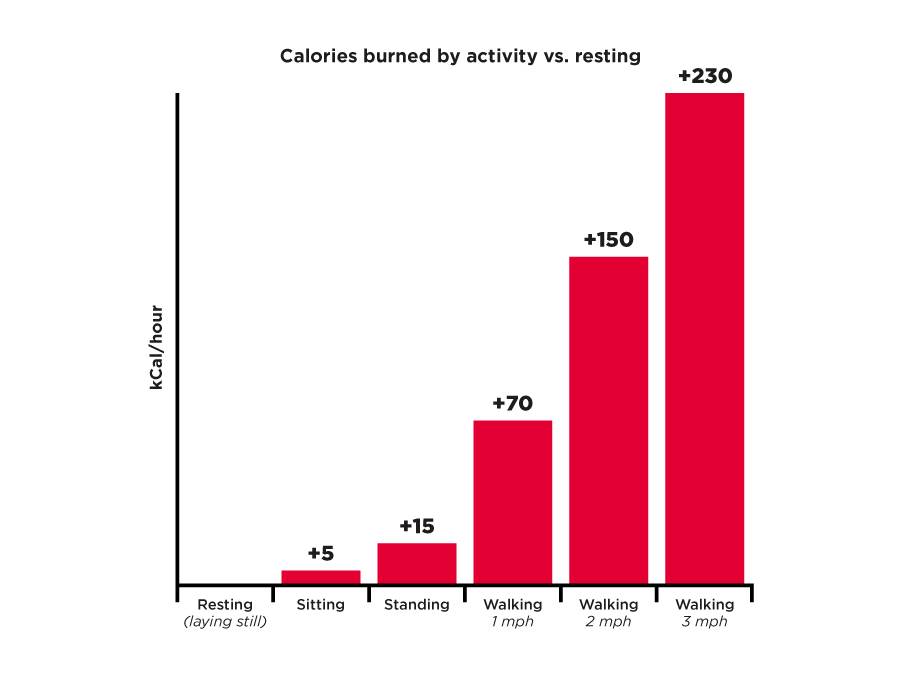
Assessing NEAT is not an exact science, but it is highly effective for increasing your energy expenditure. If you’re not very active, try increasing your daily average steps to at least 10,000.
2. Do you need to add in formal cardio?
Once you’ve nailed a base level of activity, you may still need increase the rate of fat loss. But first it’s important to weigh up the pros and cons to find the best option for your lifestyle, preferences and goal.

3. If you add cardio, choose wisely
If you decide you need to increase your rate of progress, you can do so by introducing some formal cardio, including:
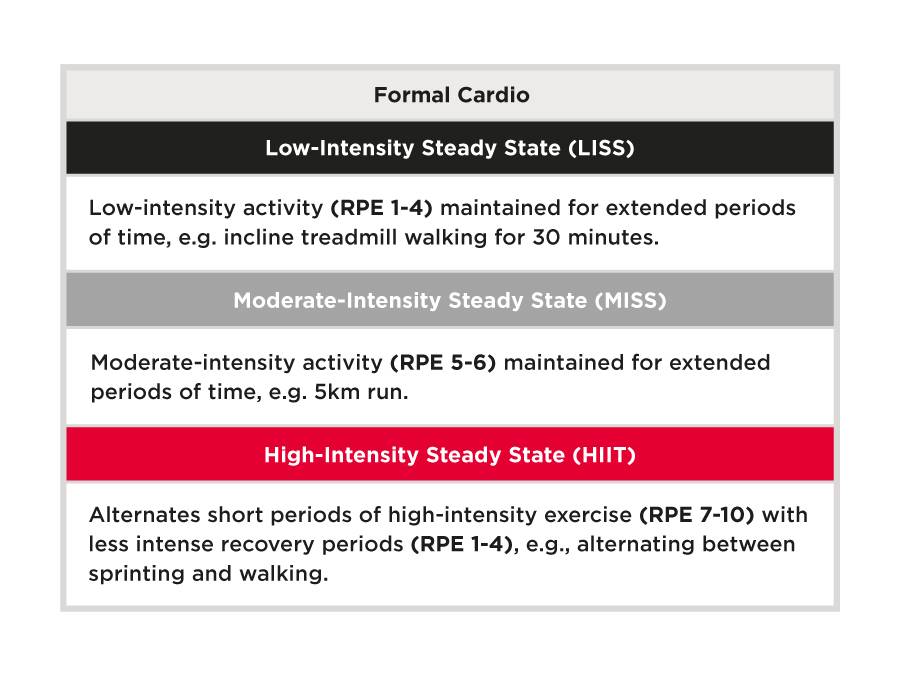
The main consideration with cardio is that your body adapts to the type of training you perform. Resistance training and MISS place competing demands on your body, known as the ‘interference effect’[19]. This should not be an issue if you limit how much MISS you perform. However, if you opt for a cardio workout, a short HIIT routine may be better for your results. The high-intensity nature of HIIT and time spent working versus resting is similar to resistance training, which results in complementary rather than competing adaptations.
4. More is not always better!
There is a limit to how much training you can do without affecting recovery, and all formal cardio options add to the total exercise-related stress on your body. Therefore, as a general guideline:
- Hit a daily average of 10,000 steps as a minimum. Women may benefit from increasing output here first as it is very low impact.
- If you resistance train three times per week, one to two times per week maximum.
- If you resistance train three times per week, only add cardio once per week
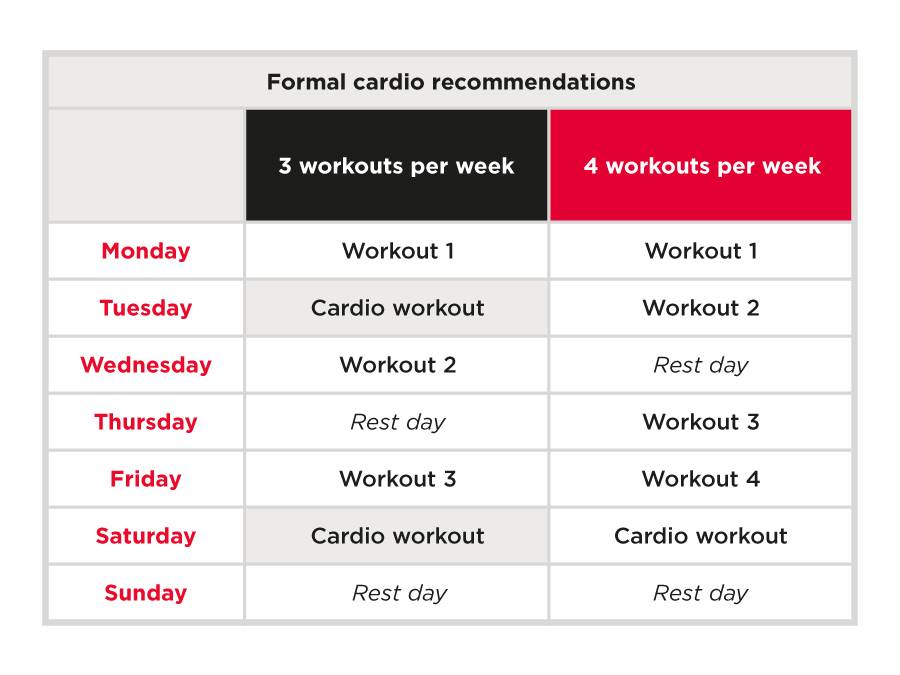
You might exceed these guidelines if you also have endurance goals. However, be mindful that this may compromise your results in the gym. To keep interference with your resistance training to a minimum, ideally, perform cardio workouts on non-training days and never immediately before your workouts.
A final thought…
Resistance training is undoubtedly a potent tool for enhancing health and appearance. And while an increasing number of women are beginning to appreciate its benefits, there’s still a noticeable divide in the weights area.
We want to spread the message that strength training is important for every gender, age and for all kinds of goals. And when it comes to cardio, there is no one-size-fits-all approach. If you enjoy it, there’s no reason it can’t form part of your workout routine and if you don’t, sleep easy knowing you can still achieve your goal without spending hours on the treadmill.
Key takeaways
Statistics show that there is still a gender divide in the weights room.
There is a common belief that women should do cardio, whereas weight training is the preserve of men.
Anxiety about stepping into the weight room, fears that weight training makes women bulky, and believing cardio is a must for building a physique are all factors that may hold women back.
Resistance training has numerous health benefits for women in particular.
Cardio is a tool that allows us to manipulate energy balance. Alongside resistance training, we can use it to elicit fat loss.
Certain types of cardio interfere with adaptations from training. Therefore it’s important to base cardio frequency, type and duration on your lifestyle, preferences and goals.



